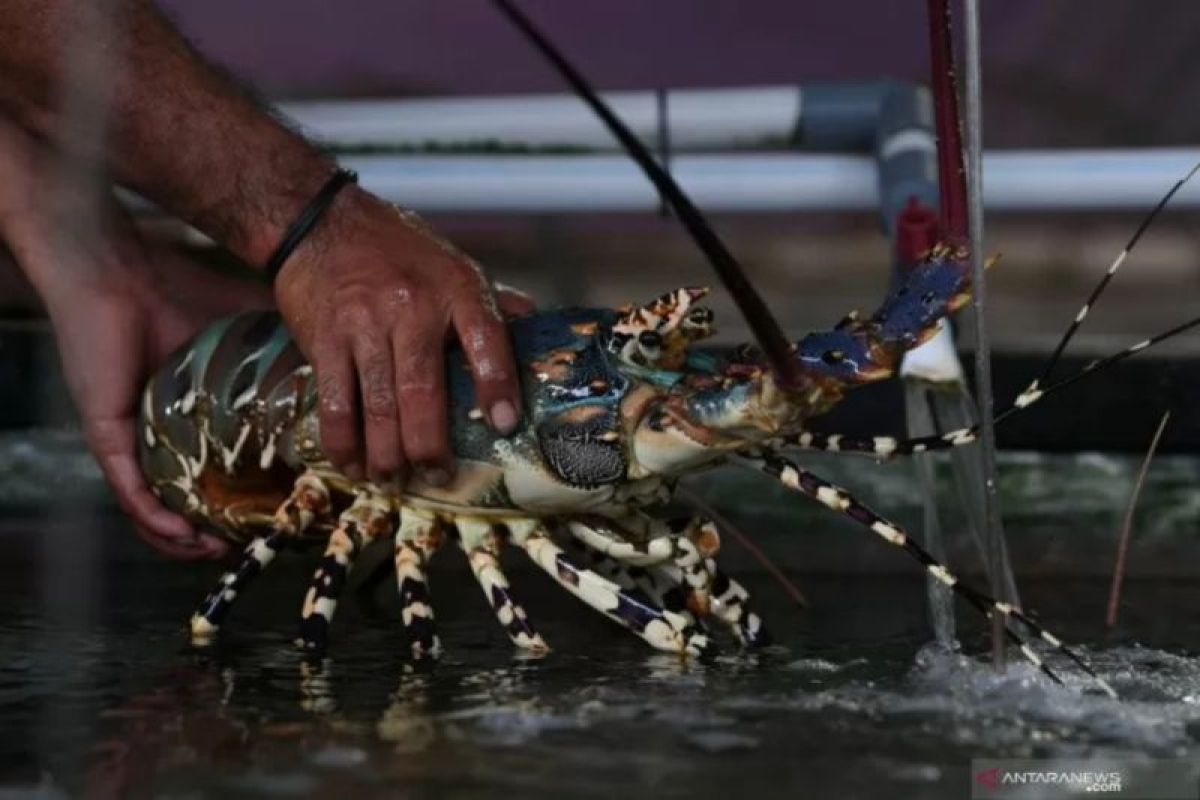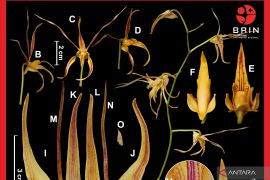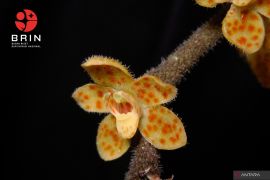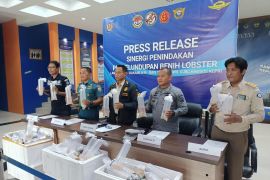Their findings, the result of a biodiversity exploration carried out in collaboration with independent researchers from Germany and a Berlin-based research institute, were published on June 6, 2025, in the international Q2 journal Arthropoda Selecta.
“Papua is a biodiversity hotspot that still holds many mysteries. This discovery is only a small part of the extraordinary potential yet to be explored,” Dr. Rury Eprilurahman, a lecturer at the UGM’s Faculty of Biology and one of the research authors, said.
The newly identified species are: Cherax veritas, Cherax arguni, Cherax kaimana, Cherax nigli, Cherax bomberai, Cherax farhadii, and Cherax doberai.
Their specimens were located in remote freshwater ecosystems with minimal human activity in Misool, Kaimana, Fakfak, and Bintuni Bay.
For identifying the species, the researchers employed an integrative approach that involved combining morphological characteristics with molecular phylogeny using mitochondrial 16S and COI genes.
“We not only looked at body shape and color but also compared their DNA to confirm these were truly distinct species,” Eprilurahman explained.
Many of the specimens first appeared in the international ornamental aquarium market under trade names like Cherax sp., Red Cheek, Amethyst, and Peacock.
This highlights how ethical and collaborative trade in exotic species can also serve as an entry point for scientific exploration, Eprilurahman said.
“The ornamental lobster enthusiast community often provides our initial source of information, which we then follow up with systematic research,” he added.
Genetic analysis revealed that all seven species belong to the northern lineage group of the genus Cherax, expanding this group from 28 to 35 known species.
The classification confirms West Papua as the evolutionary center for this group, distinct from related species in Australia or Papua New Guinea.
Each species exhibits unique traits, including body color, claw (chelae) shape, and rostrum structure.
For example, Cherax arguni has a dark blue body with cream stripes and transparent white-patched claws. A molecular analysis showed Cherax bomberai to be its closest relative, with a significant genetic distance warranting separate species classification.
Eprilurahman said that the Bayesian and Maximum Likelihood Estimation methods were used to analyze mitochondrial DNA data for species determination.
“Differences in mitochondrial DNA sequences can reach 11 percent, indicating fairly long evolutionary isolation,” he said.
Most new species are found in single, ecologically unmapped small rivers or tributaries, making them highly vulnerable to environmental disturbances.
“We intentionally did not fully disclose the exact origin locations in the publication to help maintain population sustainability in nature,” Eprilurahman informed.
He stressed the need for further research and distribution mapping to inform scientific and data-driven conservation policies.
Maintaining a balance between scientific exploration and habitat protection is crucial, particularly in areas experiencing increasing human activity.
The discovery of the lobster species significantly contributes to the UGM’s tropical biodiversity research, reaffirming the Faculty of Biology’s academic capacity in global scientific collaboration.
“We believe strong science must be rooted in local understanding for a more sustainable future,” Eprilurahman said.
Related news: Indonesia partners with OceanX to map national marine potential
Related news: Indonesia's lobster farming potential to reach US$53 billion in 2030
Reporter: Luqman Hakim, Aditya Eko Sigit Wicaksono
Editor: Primayanti
Copyright © ANTARA 2025











